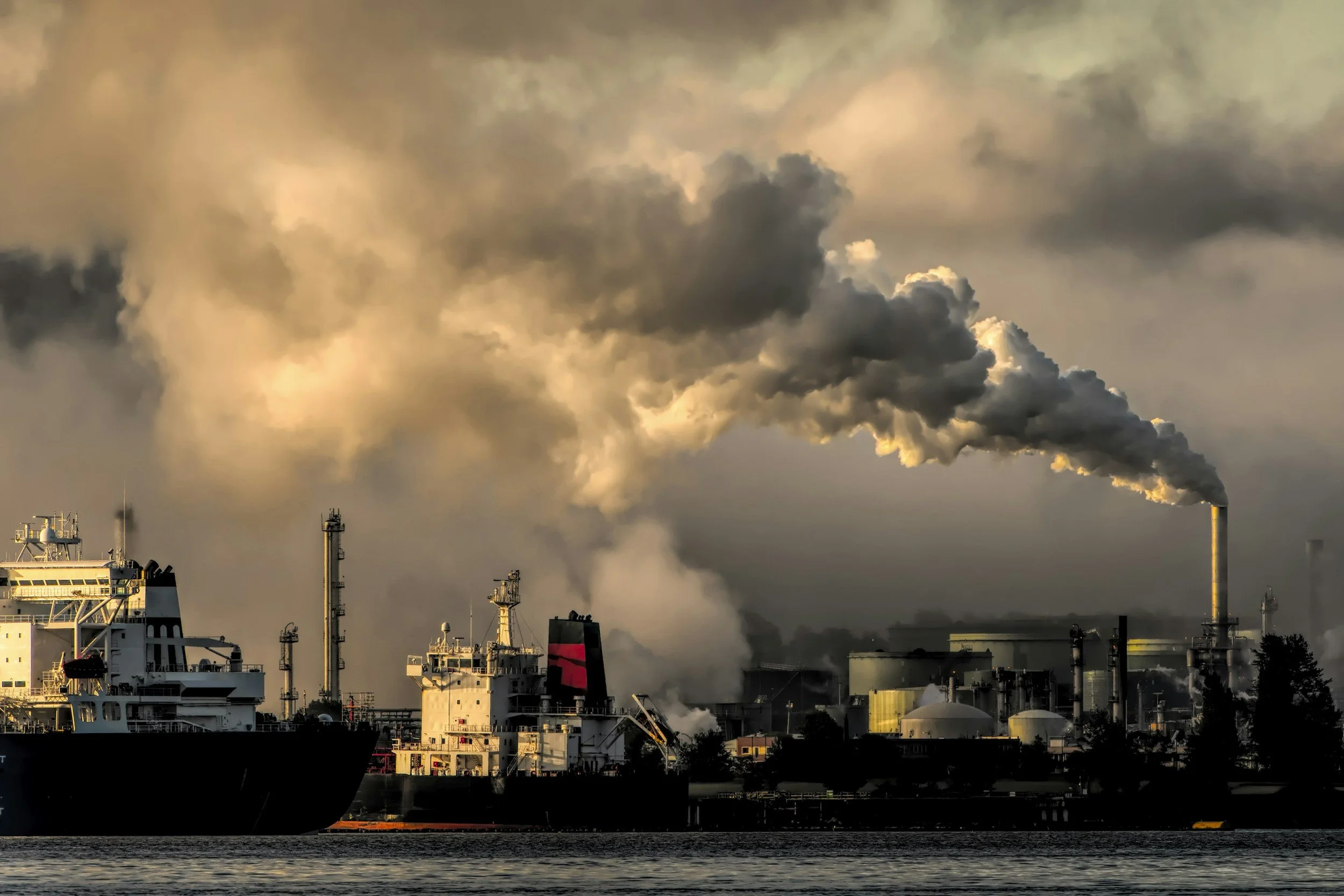Key takeaways from this report:
Dirty – East of Suez: Active fixing of VLCC/Suezmax from China and India on the aftermath of latest sanctions
Clean – East of Suez: Supertanker clean-ups revert to normality, LR2s returning to clean, but sanctions might reverse trend
Dirty – West of Suez: Med Aframax market will tighten if Greek operators replace sanctioned fleet and lift discounted Urals
Clean – West of Suez: Tariffs on Canada to signal support on TC2 MR tonne-miles as more gasoline will be sourced from Europe
Dirty – East of Suez: Active fixing of VLCC/Suezmax from China and India on the aftermath of latest sanctions
The latest US sanction round in Jan 10 has driven a surge in vessel bookings to load, especially from Middle East Gulf, pushing up the freight level to multi-month levels
➔ With a prolonged low freight rate environment, shipowners capitalised on the situation to push for higher prices
➔ Chinese and Indian refineries are rushing to secure crude from the Middle East, resulting in high fixing activities in the market
➔ There’s a pick-up in the number of vessels ballasting to key crude oil loading regions since Jan 10
➔ According to our data, we see an increase to non-stationary VLCC/Suezmax ballasters indicating a pick-up of in the mobility of the fleet
However, since January 20, Middle East freight rates have plateaued
➔ Due to the temporary measures buyers took in the previous week, causing the momentum to taper off slightly
➔ In the long term, Russian supply will not be lost but a few cargoes might get delayed
Clean – East of Suez: Supertanker clean-ups revert to normality, LR2s returning to clean, but sanctions might reverse trend
Supertankers non-newbuild cleaning-up trend came to a halt in January
➔ A continuous drop of LR freight rates since the start of Q2 and a closed East-West arb over the last month of 2025 were the main drivers behind this fall on supertanker clean-ups
➔ Trend returned to normality as only two Suezmax newbuild vessels loaded CPP in the start of January
As East-to-West flows are picking up on an open arb (Argus) and VLCC/Suezmaxes have moved away from the trade we have seen an increase in LR2s switching from dirty-to-clean
➔ This trend might reverse, Greek/EU Aframax operators stepping in to replace the recently sanctioned fleet will likely result in higher LR2s switching back to dirty (see slide 5)
➔ An average of 2 Suezmaxes per month hitting the water for 2025 and are likely to pick up diesel cargoes from East-to-West could further marginally hit LR demand
Dirty – West of Suez: Med Aframax market will tighten if Greek operators replace sanctioned fleet and lift discounted Urals
100 Aframaxes/Suezmaxes active in Russia were sanctioned by OFAC on 10 Jan and effectively removed from the supply picture
We identified non-sanctioned non-Western operated candidates that could move into the Kozmino-China trade at prices above the cap
➔ Non-sanctioned tonnage above the cap will be inadequate to also cover Russian exports to India and Turkey (about 19 voyages per month need replacing due to recent sanctions)
Russian crude exports to India and Turkey will need to be offered below the price cap so that Greek Aframax and Suezmax operators can facilitate these volumes
Based on likely candidates to step in, this would lead to a significant tightening in Atlantic Basin Aframax supply and higher earnings for vessel operators in those regions
➔ Most affected would be Aframax supply in the Med, Black Sea (CPC blend and KEBCO trade), and the Gulf of Mexico
➔ This could entice LR2 operators to dirty up and enter the crude trade, which could also offer some vessel supply relief to a clean tanker market that is performing much worse than in H1 of 2024
Clean – West of Suez: Tariffs on Canada to signal support on TC2 MR tonne-miles as more gasoline will be sourced from Europe
Various reports state the increasing possibility of Trump plans to enact a 25% of tariffs on Canada, as soon as 1st of February
This development would have significant repercussions on the trade relationship of these two countries, leading to the reshaping of various commodities, such as gasoline
Over the past 4 months, the US has relied upon the Canadian East Coast for sourcing gasoline, with the share of voyages originating from the region touching a 23-month high
➔ Prospective US tariffs on Canada, could strengthen TC2 flows at the expense of the short-haul EC Canada – PADD 1 route
➔ This development will be positive for tonne-miles as NW Europeto-PADD 1 average voyage mileage is 10 times bigger than Canada East Coast-to-PADD 1
➔ Canada East Coast-to-PADD 1 route traditionally utilises vessel classes of MR1s or lower DWT (<40,000 DWT) , hence MR2s will likely benefit over the smaller tankers from this reshaping of flows
Data Source: Vortexa




